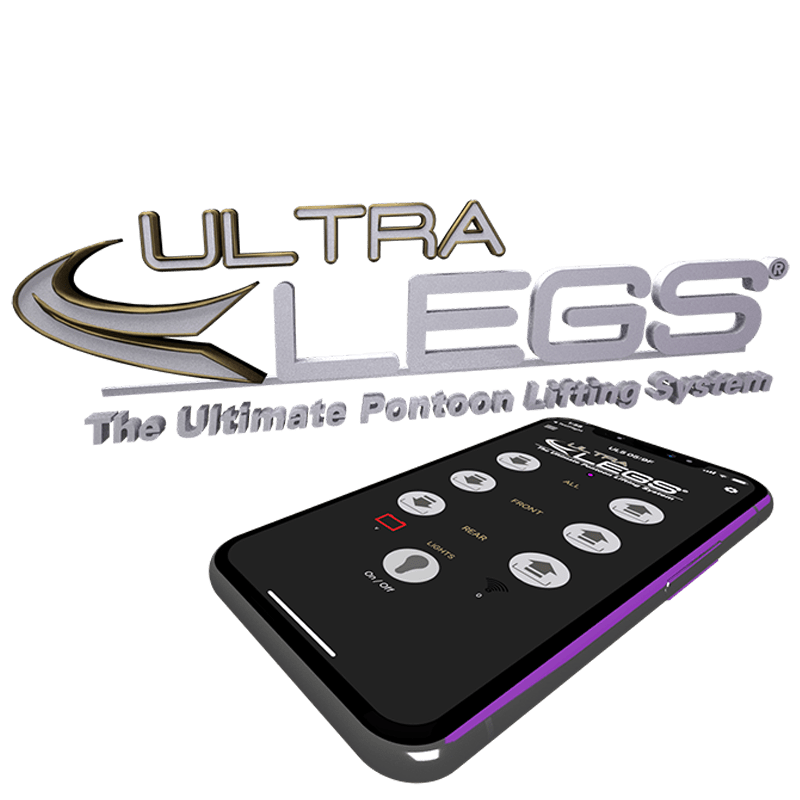
Edibu, in collaboration with RV Intelligence, has created a custom BLE solution to allow customers to control the Ultra Legs Pontoon Lifting System from a smartphone!
Our team was excited when we first heard about the project from our good friend over at RV Intelligence, Herb Gingold as we didn’t even know these hydraulic legs even existed for pontoon boats. We’re always interested in groundbreaking technologies so we immediately envisioned how we could assist with the project. After our initial conversation, we decided this would be a great fit for our team and began collecting requirements and planning out the designs. Our team worked directly with Herb (designer of the BLE hardware and controller) and assisted with embedded code for the BLE wireless chip.
Enough of the backstory, I wanted to quickly share a brief summary of the project and how we manifested the project from start to finish. Enjoy!
User Story: Create a Bluetooth based solution to allow users to control the existing Ultra Legs 5 and 7 Pontoon lifting systems from the users iOS / Android device and create a custom Bluetooth remote. Below I’ll layout the mobile app creation process as the hardware creation process is out
- Phase 1: Requirements gathering
- The previous Ultra Legs 5 and 7 products were controlled via a standard remote control. A custom BLE receiver needs engineered as well as new BLE transmitters.
- Devices need to control both variations of the products. 5 and 7.
- App theme, icons, and other graphic assets were handled by our design team with tight collaboration with the client
- Phase 2: Mockup
- An initial visualization of the mobile app was provider to the stakeholder.
- The app should appear similar for both the iOS and Android ecosystems.
- Phase 3: Functional Prototype
- The graphics team created an initial functional prototype with working buttons and visual feedback to give the stakeholder a realistic representation of the semi-final product
- Menu structure, button size, color scheme, etc. was communicated and altered during this process as well as display on tablets and smartphones
- Phase 4: Technical decisions
- After cost analysis and the need for the UI / UX to be consistent on each platform, we decided to write the app using the ionic framework.
- Operating range was discovered to be roughly 100 feet
- Phase 5: App Development
- Unique control actions were designed and written for both the embedded code and app software
- The stakeholder(s) were added to TestFlight and Google Play for initial testing
- Usability revisions were made throughout the process
- OTA (Over the air updating) was added which allows the embedded hardware’s firmware to be updated from the mobile device
- iOS OTA Added first
- Android added and was more finicky to get working correctly on all devices
- Phase 6: Final Signoff
- After each app and hardware piece were successfully testing, we successfully published the app to the App Store and Google Play Store
Here are a few images from our process!
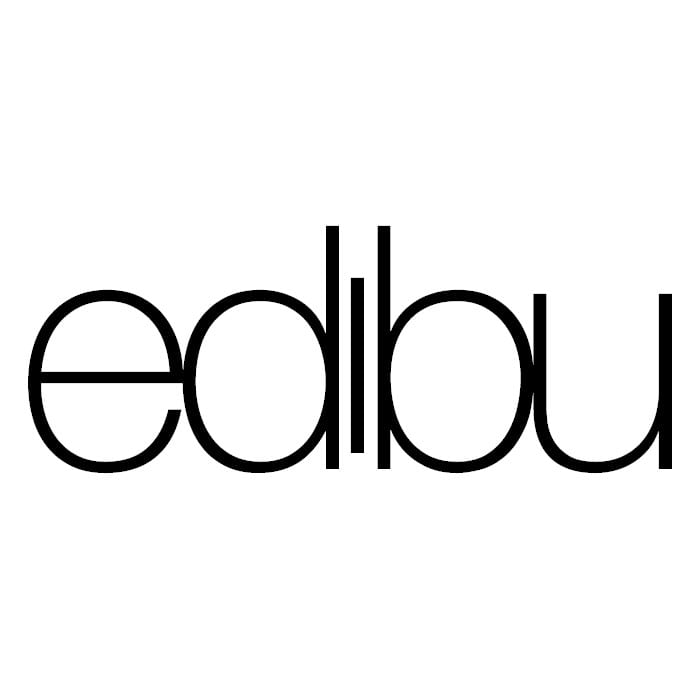
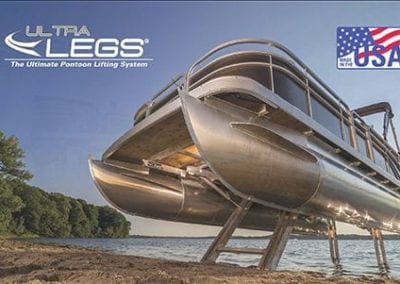
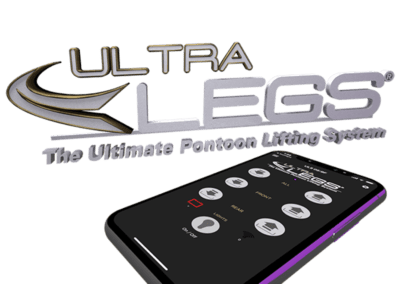
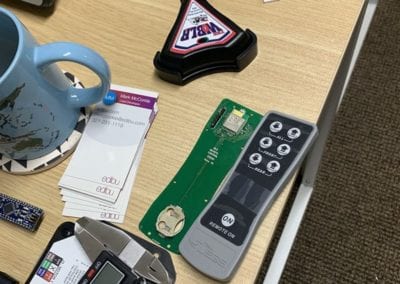
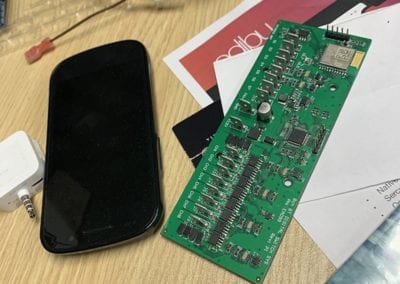
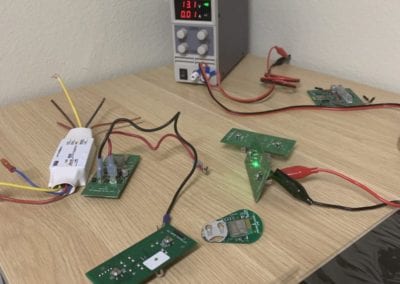
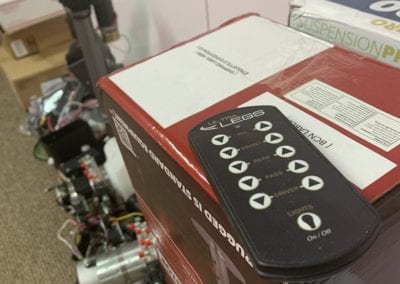
Recent Comments